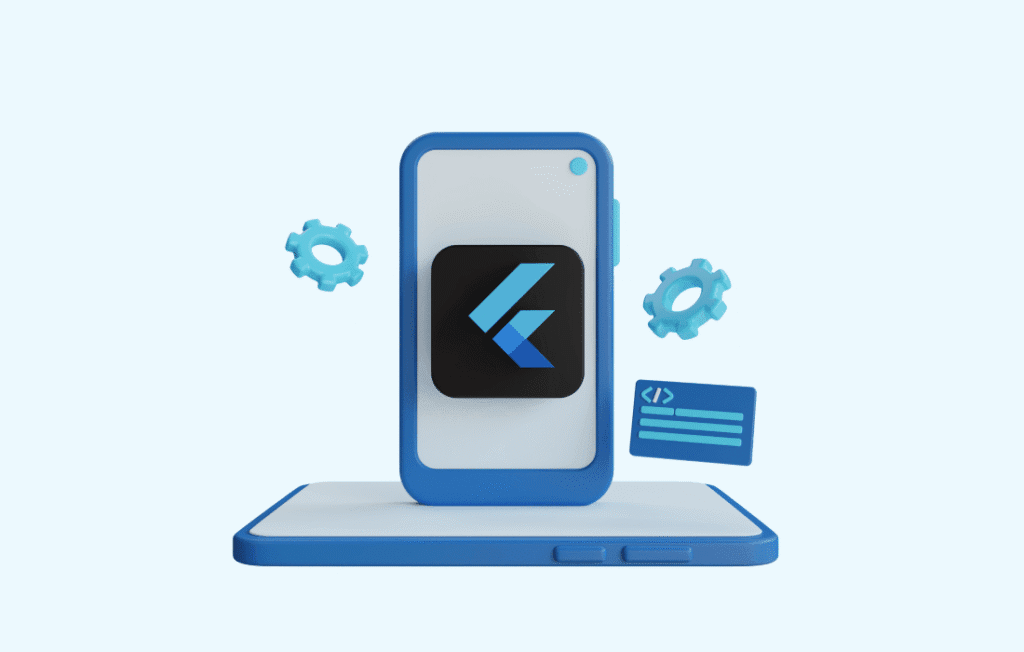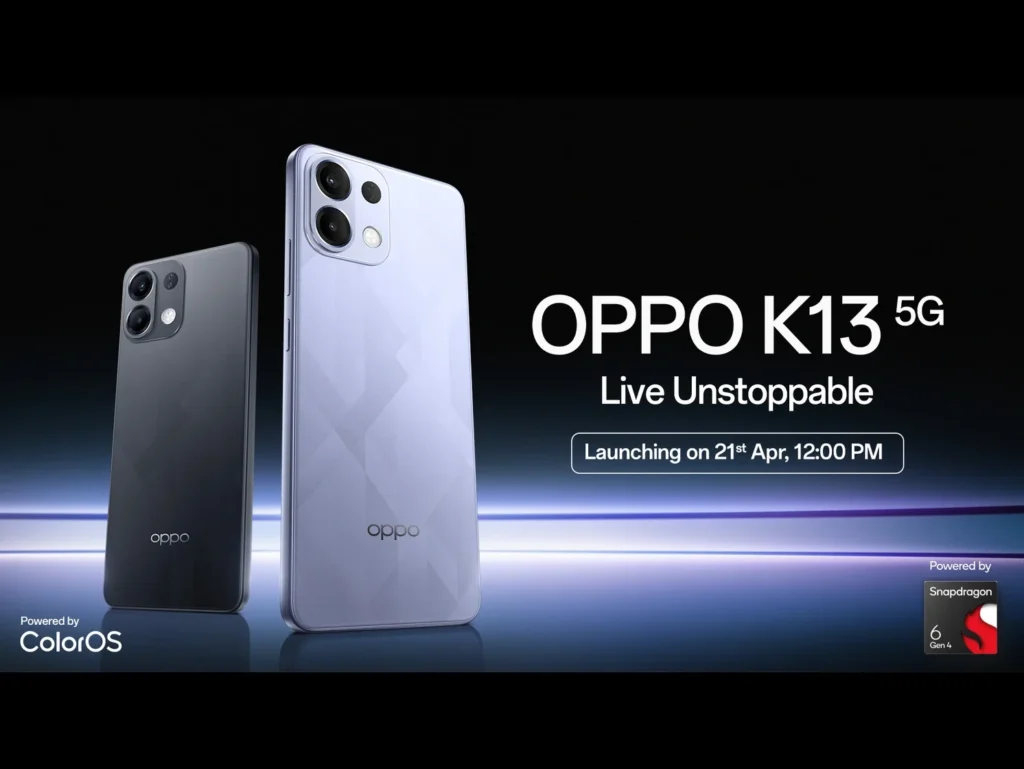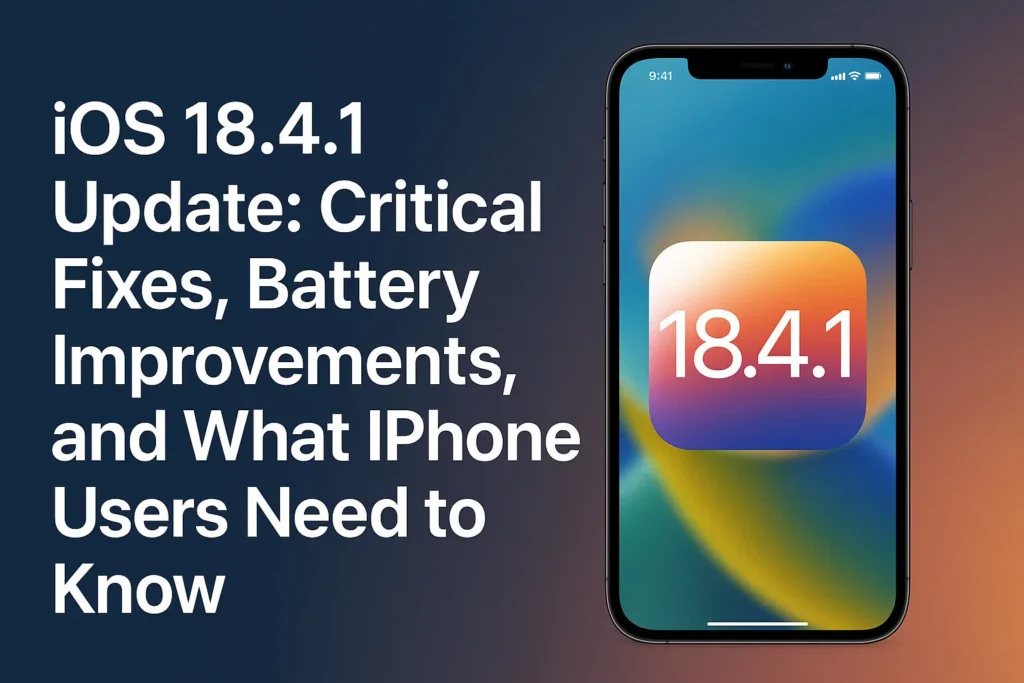In a digital world overflowing with all-in-one platforms, feature-heavy ecosystems, and multifunction super apps, a quiet but powerful trend is rising: purpose-built apps. These are lean, focused tools designed to solve one problem—and solve it well.
Leading the charge in this micro-utility movement is Nom Nom, a smart bill-splitting app created to remove the friction from group payments. From friends splitting a pizza to flatmates sharing groceries, Nom Nom tackles a universal pain point with simplicity and elegance.
This shift toward highly specialized apps is more than just a UX trend—it’s a reflection of evolving user preferences, startup strategies, and the future of app design.
Here’s a deep dive into how Nom Nom fits into the broader rise of purpose-built apps and why this category is gaining serious momentum.
What Are Purpose-Built Apps?
Purpose-built apps are digital tools that focus on doing a single task efficiently and intuitively. Unlike super apps that combine messaging, payments, calendars, and shopping in one place, purpose-built apps don’t try to be everything for everyone.
Instead, they excel at solving one pain point—whether that’s scanning receipts, tracking water intake, generating one-time passwords, or, in Nom Nom’s case, fairly dividing group expenses.
They appeal to users who want function over flair, clean interfaces over cluttered dashboards, and apps that slot seamlessly into daily habits rather than demanding behavioural shifts.
The Problem Nom Nom Solves
At first glance, splitting a bill might not seem like a massive technical challenge. But anyone who has ever dined out with friends, shared a household, or travelled with a group knows the pain points involved:
Confusion over who ordered what
Unequal payments for shared meals
Awkward money conversations
Someone is always overpaying—or underpaying
Endless chasing of friends to “send your share”
Nom Nom eliminates all of that.
The app allows users to:
Snap a photo of a receipt
Automatically itemize it
Let each person select their items
Split tax and tip automatically
Send a shareable link to those involved
Track who has paid, without confrontation
There’s no registration requirement for guests, no pushy upselling, and no bloated feature set. It’s designed for one moment: the bill-splitting experience.
Why Purpose-Built Tools Are Gaining Popularity
Several macro-trends are fueling the rise of apps like Nom Nom:
1. App Fatigue
People are overwhelmed with apps that promise to do everything but deliver inconsistent experiences. With notification overload, endless permissions, and feature sprawl, many users are now actively seeking lighter, simpler alternatives.
2. Time Sensitivity
Users don’t want to learn a new tool when they’re trying to solve an immediate issue—like figuring out a dinner bill at the table. Purpose-built apps offer a minimal learning curve and instant gratification.
3. Privacy & Control
Focused apps often require less access to user data. Nom Nom, for instance, doesn’t ask for banking access, contact syncing, or unnecessary permissions—something users increasingly value in a post-GDPR world.
4. Increased Social Spending
With the rise of shared housing, remote work meetups, and flexible social plans, shared expenses have become more frequent. This has opened a gap for apps like Nom Nom that can quietly assist in high-friction, high-frequency interactions.
Product Design that Understands Context
One of the reasons Nom Nom works so well is its deep understanding of context.
It’s not built for hardcore finance nerds or accountants. It’s designed for people in casual, social settings—friends, colleagues, couples—who simply want a fair and easy way to settle up.
The UI is distraction-free. The onboarding process is instant. The output—what you owe—is crystal clear.
And most importantly, it doesn’t require every participant to install the app. That single feature alone removes the biggest hurdle most utility apps face: full adoption within a group.
Virality Without Force
While many consumer apps try to manufacture virality through referral schemes and incentives, Nom Nom’s model is more organic.
Because it solves a group-based problem, it inherently brings in new users with every shared bill. A single scan and share can introduce the app to three, four, or even ten new people, many of whom will eventually use it again in a different group setting.
This type of natural network effect makes the app scalable without the need for massive advertising budgets.
Room for Growth Without Losing Focus
The beauty of a purpose-built app like Nom Nom is that it can scale horizontally through use cases without having to vertically expand its features. In other words:
It can be used for takeaways, groceries, house supplies, group gifts, or travel planning—all without needing to redesign its core functionality.
It can expand by partnering with payment processors, wallets, or even restaurant POS systems, without becoming a financial app itself.
It can offer optional upgrades for frequent users, such as saving bill history, custom group tracking, or expense reports, while keeping the base product clean and focused.
This kind of modular growth is exactly what modern consumers expect. Add value, not noise.
Startups Should Take Note
For early-stage founders and product teams, Nom Nom offers a compelling case study. It demonstrates that:
Solving a small, well-defined problem can lead to broad adoption
Simplicity is a feature, not a limitation
Being “the best at one thing” can be a more effective strategy than being average at many
Focusing on UX in the most emotional part of the user journey (in this case, splitting money) leads to better retention and word-of-mouth growth
It’s a product that thrives not on feature count, but on clarity of purpose.
Final Thoughts
The rise of purpose-built apps isn’t a trend—it’s a correction. Users are no longer impressed by feature bloat or vague all-in-one promises. They want tools that work when they need them, how they need them, and without making things harder.
Nom Nom fits perfectly into this shift. By addressing one of the most common, awkward, and surprisingly emotional experiences in modern life—splitting shared costs—it delivers real value with elegance and ease.
If you’ve ever left a group meal frustrated by the maths, or been the flatmate who always ends up chasing payments, you’ll understand just how powerful solving a “small” problem can be.
And in the world of apps, that’s exactly the kind of thinking that leads to big wins.
Tech content on this site may include contributed articles and partnerships with industry voices. Learn more in our Editorial Policy.





